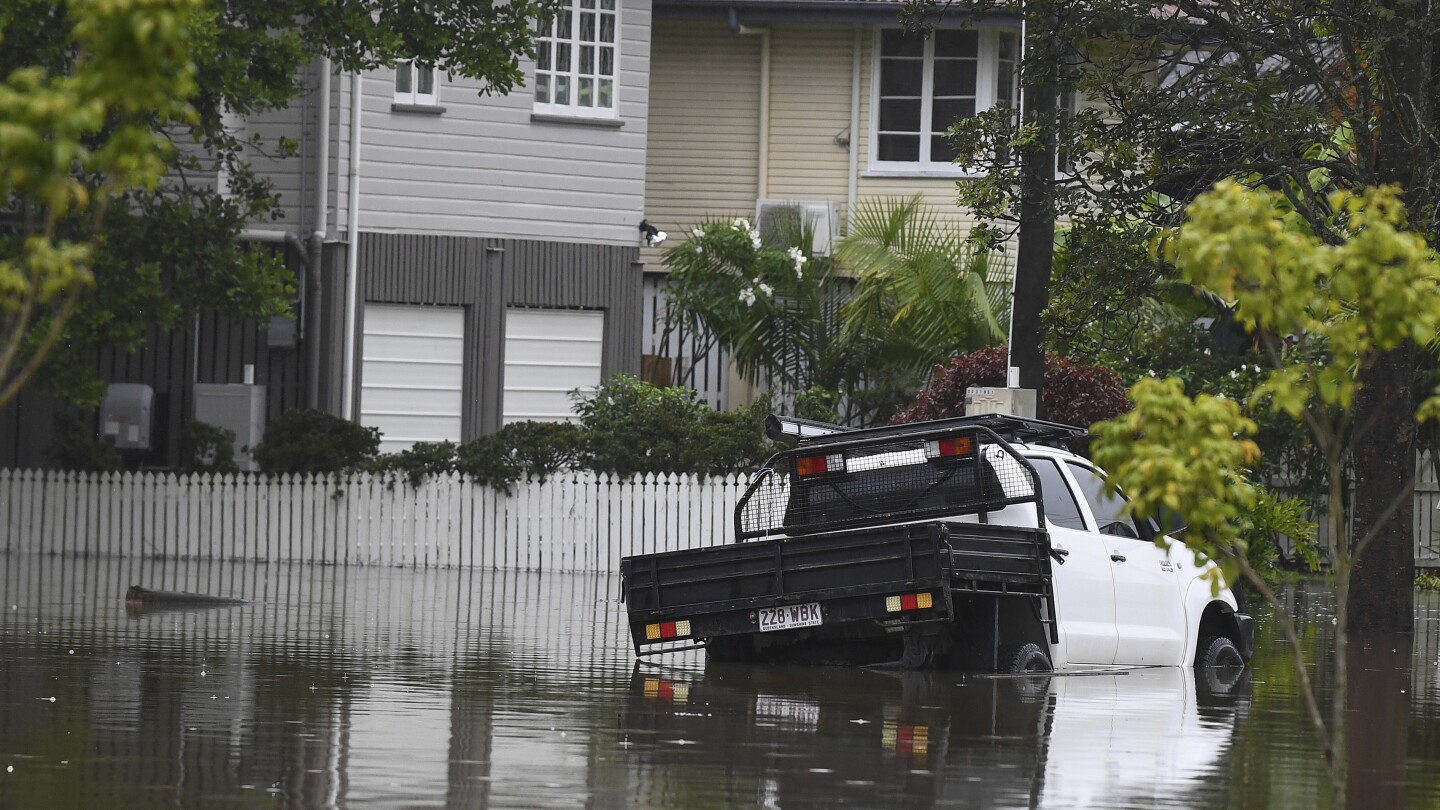Navigating the Aftermath: Australia’s East Coast Faces Flood Challenges Amid Storm Recovery
As cleanup efforts commence following a recent tropical storm, parts of Australia’s east coast remain under the threat of rising floodwaters. Local communities grapple with the dual challenge of recovery and ongoing environmental risks. The situation is dire, as the region’s residents not only deal with the immediate aftermath of damage but also face the looming threat of further flooding due to saturated grounds and unpredictable weather patterns.
The Impact of the Recent Storm
The tropical storm that recently swept through Australia’s east coast has left behind a significant mark. With heavy rainfall recorded across multiple regions, local authorities are scrambling to assist affected communities. Floodwaters have inundated homes, schools, and essential infrastructure, leading to extensive damage and displacement.
In cities like Brisbane, the effects of the storm are stark. Roads are impassable, and many residents have been forced to evacuate. Emergency services have been working around the clock, rescuing those stranded and providing aid where necessary. The emotional toll on the communities is palpable, as families are displaced and livelihoods are disrupted.
Resilience in Recovery
Despite the challenges, the spirit of resilience shines through the affected communities. Neighbors are banding together, offering support to one another as they navigate the aftermath. Community organizations and local governments are mobilizing resources to assist in recovery efforts, providing food, shelter, and emotional support.
- Community Support: Local groups are organizing volunteer efforts to clean up debris and help those in need.
- Government Assistance: The government has announced financial aid packages to support affected residents and businesses.
- Emotional Well-being: Counseling services are being made available to help individuals cope with the trauma of the storm.
Ongoing Flood Threats
While recovery is underway, it is crucial to acknowledge that the threat of further flooding remains. Experts warn that with the ground already saturated from the recent rains, even a modest amount of additional rainfall could exacerbate the situation, leading to more widespread flooding.
The Bureau of Meteorology has issued warnings, urging residents to remain vigilant and prepared for potential flash flooding. Communities are advised to stay updated on weather forecasts and to have evacuation plans in place should the need arise.
Preparedness and Mitigation Strategies
In light of the ongoing flood challenges, local authorities and environmental agencies are emphasizing the importance of preparedness. Here are some strategies being recommended:
- Emergency Kits: Residents are encouraged to assemble emergency kits that include essential supplies such as food, water, medications, and first-aid items.
- Communication Plans: Establishing a communication plan with family and friends can ensure that everyone knows what to do in case of an emergency.
- Flood Barriers: Installing temporary flood barriers can help protect properties from rising waters.
Environmental Considerations
As communities rebuild, there is a growing recognition of the need to incorporate environmental considerations into recovery efforts. Climate change has increased the frequency and intensity of storms, making it imperative for local governments to reassess land use and urban planning.
Environmental experts advocate for sustainable practices that can mitigate future flood risks, such as:
- Improved Drainage Systems: Upgrading stormwater drainage systems to handle increased rainfall can reduce the risk of flooding.
- Green Infrastructure: Implementing green roofs, rain gardens, and permeable pavements can help absorb excess water.
- Reforestation: Planting trees and restoring wetlands can enhance natural flood defenses.
Community Involvement in Environmental Recovery
Community involvement is essential in driving these sustainable practices. Residents are encouraged to participate in local environmental initiatives, such as tree planting days and community clean-ups. By fostering a sense of stewardship for the environment, communities can better prepare for future challenges.
Looking Ahead
While the road to recovery may be long, the resilience exhibited by Australia’s east coast communities is inspiring. The collaboration between residents, local governments, and environmental organizations is paving the way for a more resilient future.
It is essential to remain optimistic and proactive as recovery efforts continue. By embracing sustainable practices and enhancing community preparedness, the region can not only recover from this storm but also build a robust framework to withstand future challenges.
Conclusion
Navigating the aftermath of the storm and the accompanying flood challenges is no small feat. However, through collective effort and a commitment to sustainability, Australia’s east coast can emerge stronger. It is a time for unity, resilience, and a renewed focus on protecting both communities and the environment for future generations.
As the waters recede and cleanup progresses, the spirit of Australia’s east coast will undoubtedly shine through, highlighting the strength and determination of its people in the face of adversity.
See more Your Daily Weather



